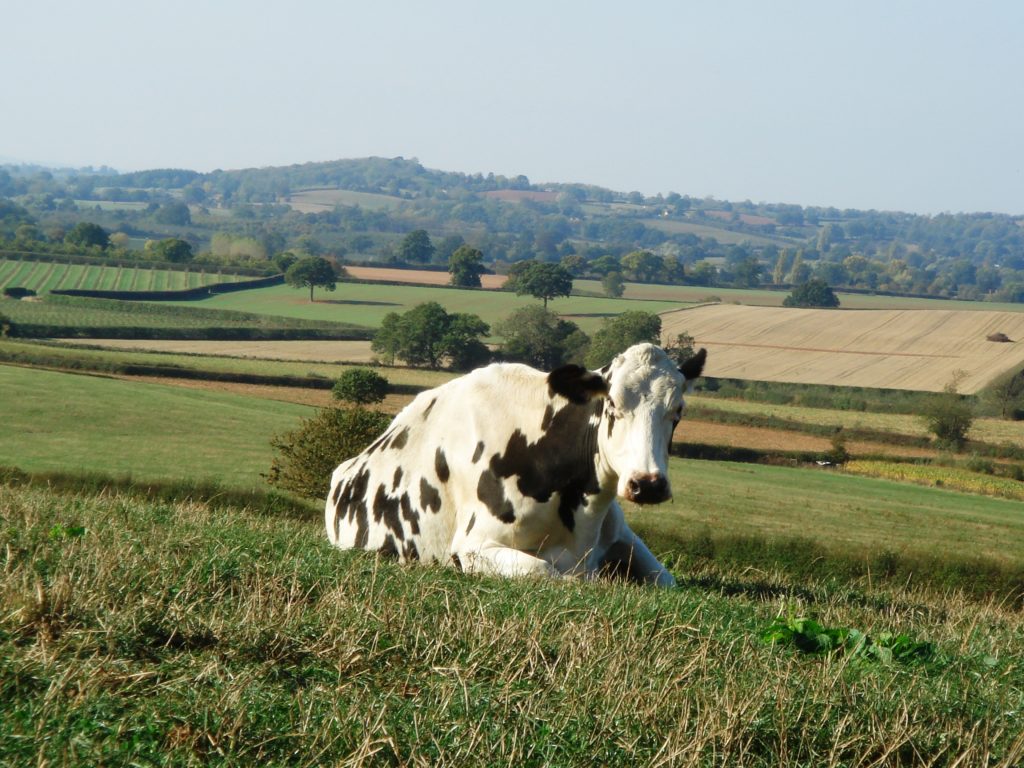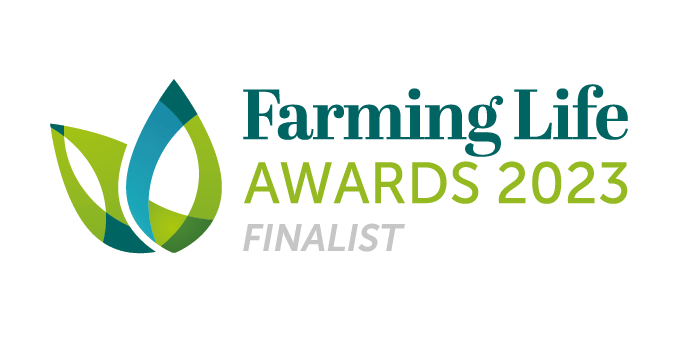Over the last 30 years the pressure has been on the dairy man to produce more milk at a reduced cost, by improving efficiencies. These efficiencies have been gained by breeding for higher production, improving forage making from hay to silage right through to whole crop and maize silages.
Everything has centered around the cow as the production engine to convert feed to milk in the most efficient way possible. Longer housing periods mean that there is no drop off in yield with cows changing from eating silage to fresh grass and then the same in reverse at the end of the year. The consequence of these changes has been cows with larger udders so the back legs are spread out more and so cows have excessive hoof wear on the rear feet, leading to digital dermatitis and infertility. These are the main reasons for cows leaving any dairy.
Therefore in the USA, and now Liverpool University, studies have been carried out as to how lameness can be reduced if not illuminated. Longer platforms, higher neck rails and softer mattresses all encourage cows to rest for longer periods making them more productive. Rubber on solid walkway’s , fresh clean water, cool fresh air through good ventilation systems and plenty of light with good lighting systems all improve efficiency and get key improvements within the building.
Andrew Wilson of Wilson Agri, spent some time with Matt Thiel from the USA in July visiting dairies throughout the UK, in an attempt to relay much of what was being proven in the US to UK dairymen. Matt has been involved in the building of over 200 dairies in the last 3-4 years where there are less than 200 cows the smallest being a 54 cow dairy where the herd average is 16,000 litres/cow. Each one of those dairies is profitable today even in the US, this goes against the myth that you have to have a super dairy to survive in the long run. When asked what ideal cubicle dimensions were Matt’s answer was simple, it all depends on cow size and for that we need to measure your cows, not someone else’s. If the cubicles are too wide cows will make the cubicles too dirty, too narrow and they will rub on the metal work and injure themselves, this was seen where many had rubbed spines and hook and pin bones. This type of hair loss at these points suggests that the cow feels pain there and is in trauma when that part is rubbed again. So you must build your cubicles to fit your cows.
Matt came over to see Wilsons new Cowcoon which addresses much of the rub issue, the product is going to be installed at Liverpool University later this year as part of a study into improving this area, in conjunction with the new Gel Mattress. Andrew Wilson said ‘as a company it is very important that we work to solve problems rather than simply marketing product, Liverpool University recognise this and we hope to further new product developments and learn more about what we have done by working closely with them’
Wilson’s are launching their new website, where Andrew has said ‘much of the detail and dimensions that we put up there in the past will be removed, we are learning that in many cases the one size fits all approach is simply not working, it means we have to be more thorough as an organisation, talking to the customer about what the main reasons are for cows leaving the dairy, what type of cow he wants to breed in the future, but more importantly measuring what he has today. This type of approach reduces injury’s and improves herd health dramatically’
When asked how do farmers respond when you ask to measure their cows, Andrew said ‘initially with a look of curiosity, like they don’t believe I can do that, then we get into the shed with the cows and I get the tape line out and start measuring, I tell them how this relates to their existing cubicles and very soon they understand that it is essential’ Andrew added ‘some farmers don’t see the problems in their buildings until we start measuring cows and suggesting what we would change, then we monitor behaviour in the building with our time lapse equipment proving the difference when compared with a building that we set up in accordance to cow size. Some of these on site visits follow through to checking up on existing mattresses, especially when many of the Pasture Mats have lasted 17yrs and are only seeing their first top cover replacement now.
One farmer who had our mattresses in for 10 yrs had spent over £120/cow on a new German mattress and believed it was better, we suggested spending £15 on his Pasture Mats and add Premium Pad, he didn’t believe that it would be as good at that price. In the end the cows refused to rest on the German product, so much so that he is seeking a second hand buyer for that product.
Not everything has to cost a lot of money, it’s all about doing it right and monitoring things within your herd during the housing period. Things like cubicle cleanliness, cow resting position, cubicle occupancy, perching where cows stand half in and half out of the cubicle. Look out for hair loss on the cows body where they could be rubbing the steel work too much. However it is always better to get a fresh pair of eyes on the job so contact Wilson Agri to plan a visit and look at how your buildings are performing.


